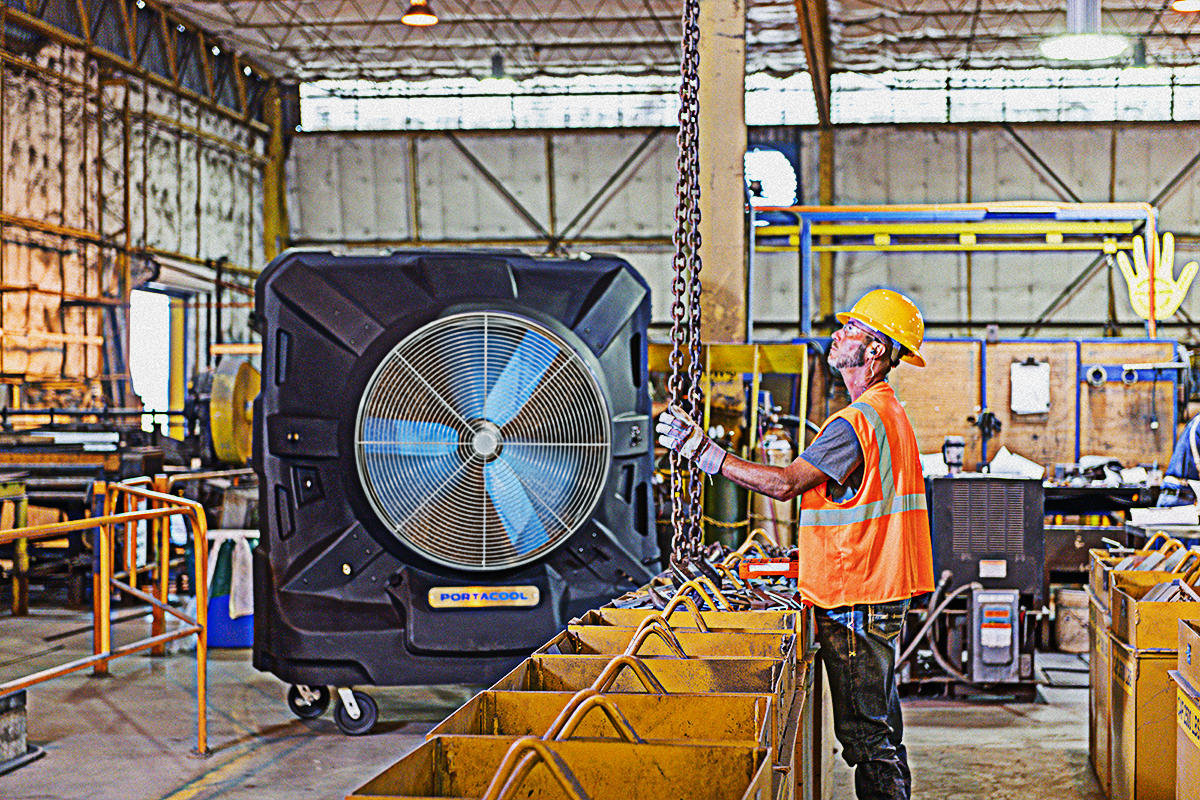
This week is Safe + Sound Week, a nationwide event held each August and sponsored by the Occupational Safety and Health Association (OSHA). Its aim is to highlight successful safety and health programs as a measure to “proactively identify and manage workplace hazards before they cause injury or illness, improving sustainability and the bottom line.” The goal of the weeklong campaign is to encourage employers to get such programs started or energize those company’s with existing programs to provide an opportunity to recognize safety success.
As we all know, proactively identifying workplace hazards is key to keeping the workforce safe and better in the long run than reacting to a safety hazard in play. The Portacool team is particularly focused on helping companies become more prepared when it comes to worker heat safety.
According to OSHA, thousands of workers become sick from occupational heat exposure each year. However, heat-related illnesses are preventable. “The best way to prevent heat-related illness is to make the work environment cooler,” OSHA states.
Given that most heat-related health problems can be prevented, or at least the risk of developing them can be reduced, taking a proactive approach gives two-fold benefits. By introducing a heat awareness plan, you will effectively ensure worker safety and in-turn, increase productivity. Both will positively benefit the company’s bottom-line.
Preventative tips from Portacool for the jobsite and hot working environments
 (e.g., a reduced work shift during excessive heat). An effective heat acclimatization program gradually increases an unacclimated worker’s exposure to heat over a 7- to 14-day period.
(e.g., a reduced work shift during excessive heat). An effective heat acclimatization program gradually increases an unacclimated worker’s exposure to heat over a 7- to 14-day period.*For more information about safety while working in the heat, see OSHA’s heat illness webpage and online guidance page for employers that outlines how to use the heat index to protect workers.
Need more information or have questions relative to spot-cooling solutions designed to proactively keep workers cool? We want to talk with you!
Email us